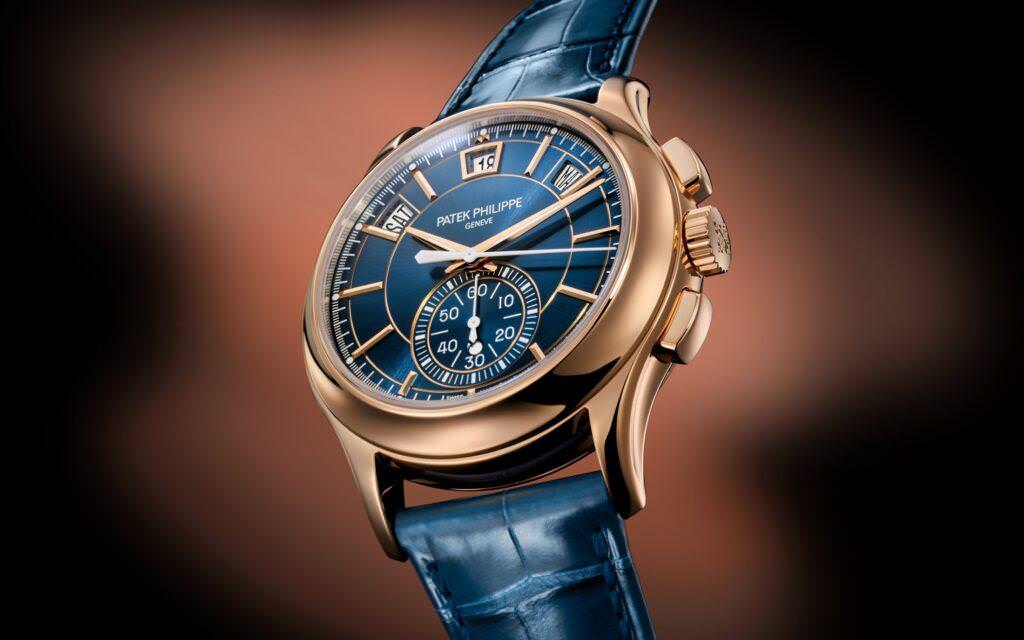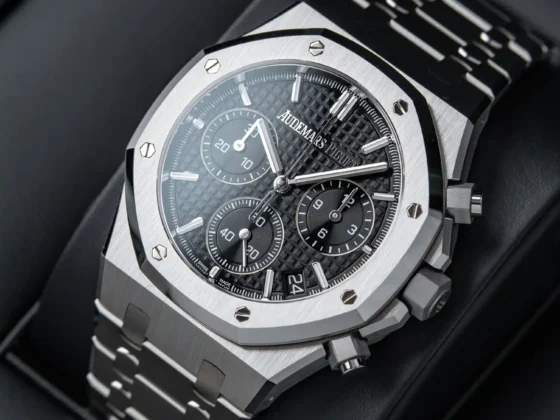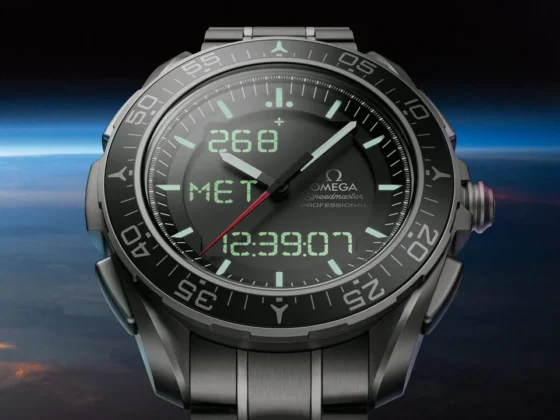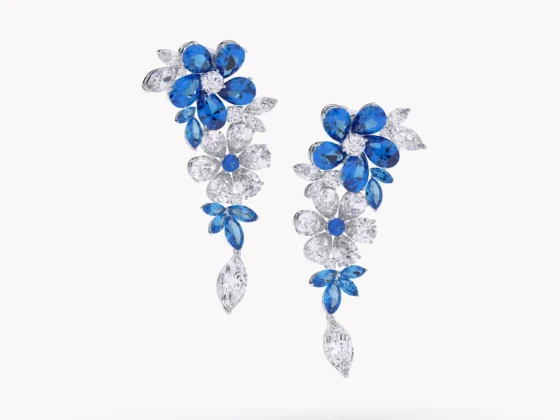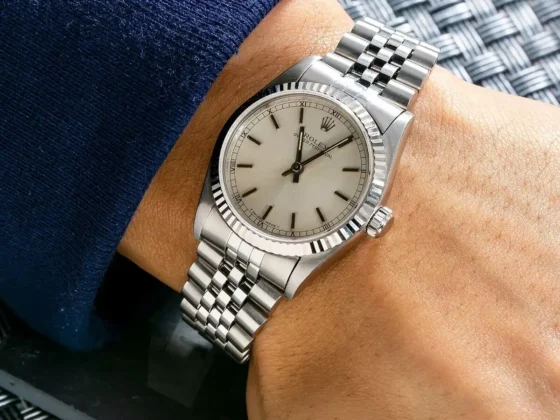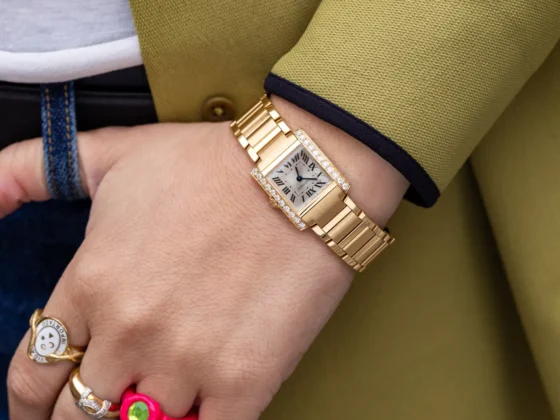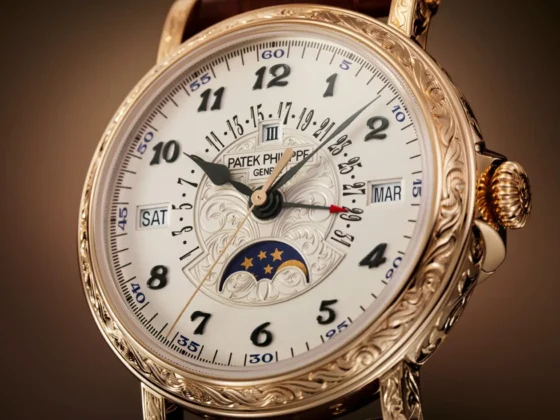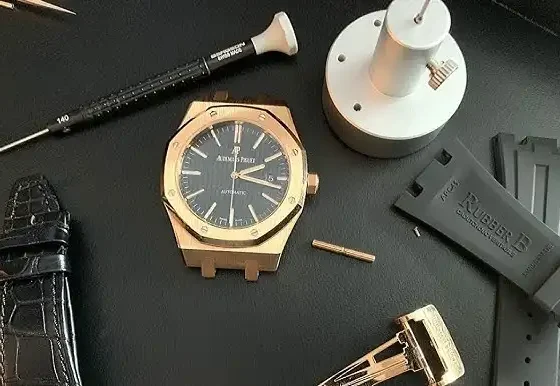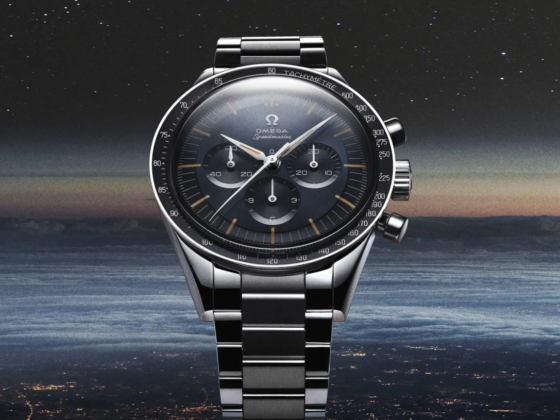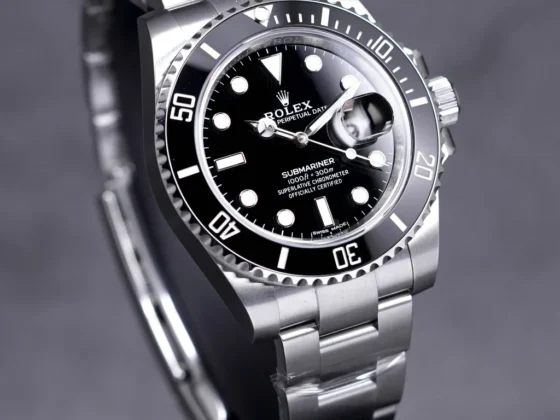In the luxury watch market, identifying rare and valuable timepieces can be a challenge, even for seasoned collectors. Whether you’re interested in investing or expanding your collection, knowing what to look for in a rare watch can make all the difference. From production numbers to craftsmanship details, understanding the characteristics of rare watches is essential. In this guide, we’ve gathered insider tips from leading collectors to help you spot a rare watch and avoid common pitfalls.
Production Numbers: Scarcity Drives Value
One of the clearest indicators of a rare watch is its production quantity. Limited production runs make watches more exclusive, driving demand and value over time.
- Limited Editions: Watches that are part of a limited-edition release are inherently more exclusive, as brands often produce only a few hundred or thousand units. High-profile brands like Patek Philippe, Audemars Piguet, and Rolex frequently release special editions in low quantities.
- Discontinued Models: Collectors also prize models that have been discontinued, especially those from prestigious brands with a long history. Discontinued watches often gain cult status as they become harder to find.
Brand Legacy and Heritage: The Power of a Name
Certain brands have a longstanding reputation for producing timepieces of exceptional quality and craftsmanship, which enhances the perceived rarity of their models.
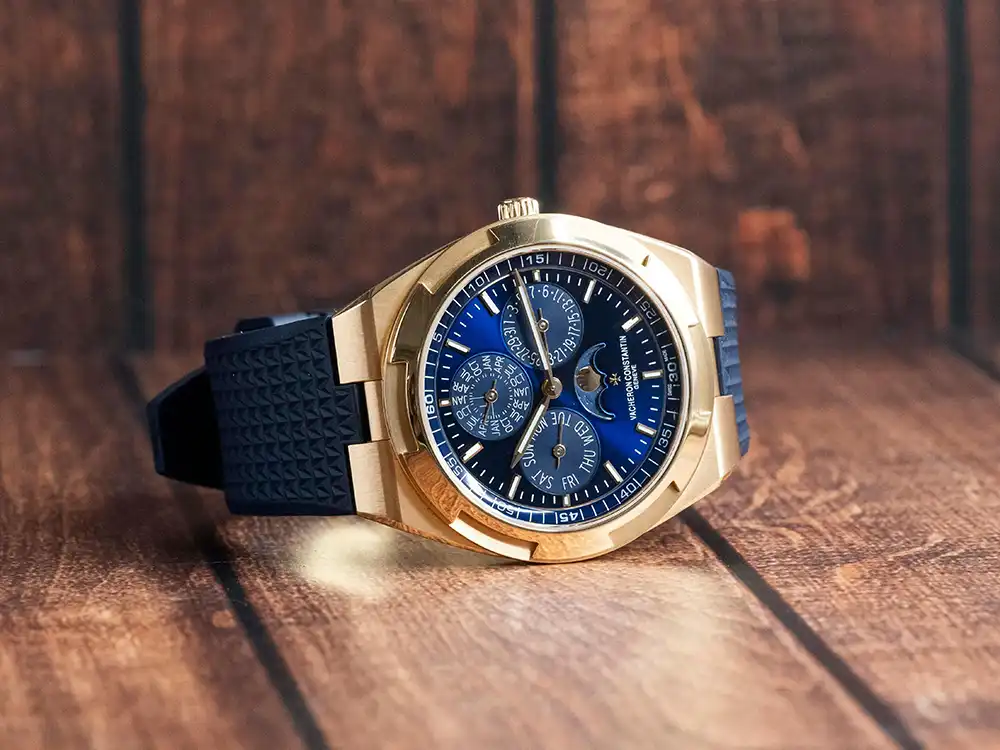
- Heritage Brands: Brands like Vacheron Constantin, Breguet, and Jaeger-LeCoultre are known for their long-standing commitment to horological innovation. Owning a watch from one of these houses, particularly a limited or historic model, adds a layer of prestige to your collection.
- Niche and Boutique Brands: While not as universally recognized, boutique brands such as F.P. Journe or Laurent Ferrier offer highly limited production watches that are meticulously handcrafted, appealing to niche collectors who appreciate the artistry behind the timepiece.
Condition and Provenance: The Devil is in the Details
Condition and provenance are critical when determining a watch’s rarity and value. Even a highly sought-after model can lose its worth if it has been poorly maintained or lacks original documentation.
- Original Parts: A rare watch with all of its original parts intact is significantly more valuable than one that has been altered or refurbished. Watch collectors look for original dials, movements, and straps.
- Provenance: A watch that has been owned by a prominent figure or featured in significant events can greatly increase in value. Provenance adds a story to the timepiece, transforming it from a luxury item to a piece of history.
- Servicing History: Having a detailed record of professional servicing helps maintain the watch’s integrity and value over time, especially for vintage pieces.
Complications and Craftsmanship: Technical Mastery
The complexity of a watch’s mechanisms, also known as complications, is a key factor in determining its rarity and desirability. Complications like tourbillons, minute repeaters, and perpetual calendars elevate the technical status of a timepiece.
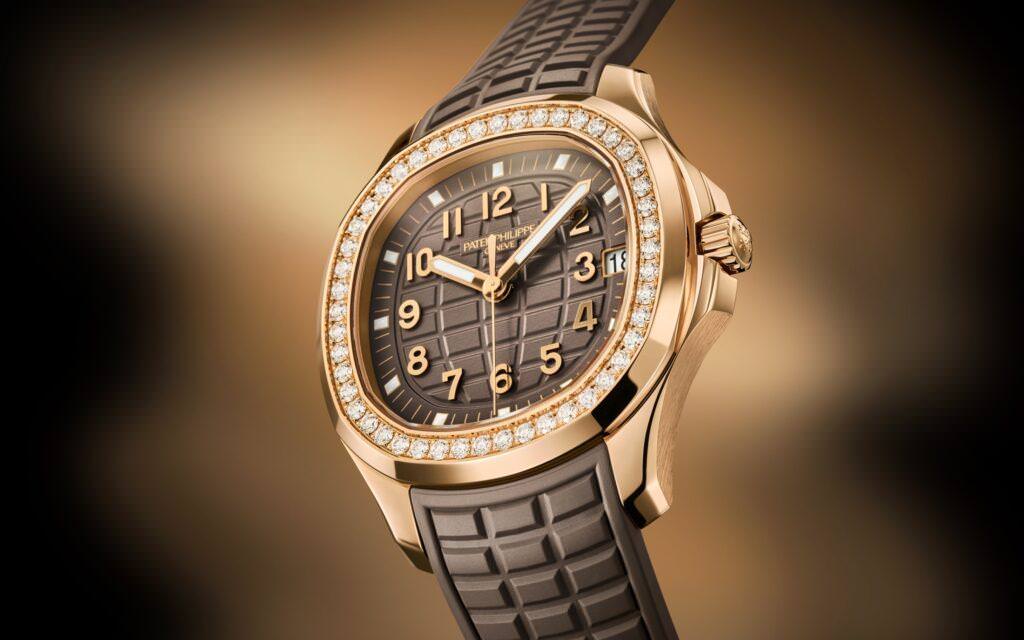
- High Complications: Watches with multiple complications, particularly from brands like Patek Philippe or Audemars Piguet, are incredibly rare and expensive to produce. For example, Patek Philippe’s Grandmaster Chime is a highly complicated watch with numerous mechanical functions, produced in extremely limited quantities.
- Craftsmanship: Beyond technical mastery, rare watches often feature intricate hand-finishing techniques, such as Côtes de Genève, perlage, or bevelling, which further enhance their value. Collectors often prioritize these craftsmanship details when identifying rare and valuable watches.
Market Insights: Auction Houses and Industry Trends
Auction houses such as Phillips, Sotheby’s, and Christie’s are excellent indicators of market demand for rare watches. Keeping an eye on auction results can provide insights into which models and brands are currently trending among collectors.
- Auction Results: Watches that achieve record-breaking prices at auctions often set the tone for what’s considered rare and desirable. For instance, Paul Newman’s Rolex Daytona became a legend when it sold for a record-breaking $17.8 million at auction.
- Trends in Collecting: The market for vintage watches has been growing, with younger collectors joining the scene. Watches from the mid-20th century, especially those from Rolex and Omega, have seen significant value appreciation in recent years.
Spotting a rare watch requires a keen understanding of brand heritage, production numbers, complications, and market trends. With insights from leading collectors, you can confidently navigate the world of luxury watches and identify rare timepieces that stand the test of time. Whether you’re collecting for passion or investment, these insider tips will help you curate a collection that stands out.


